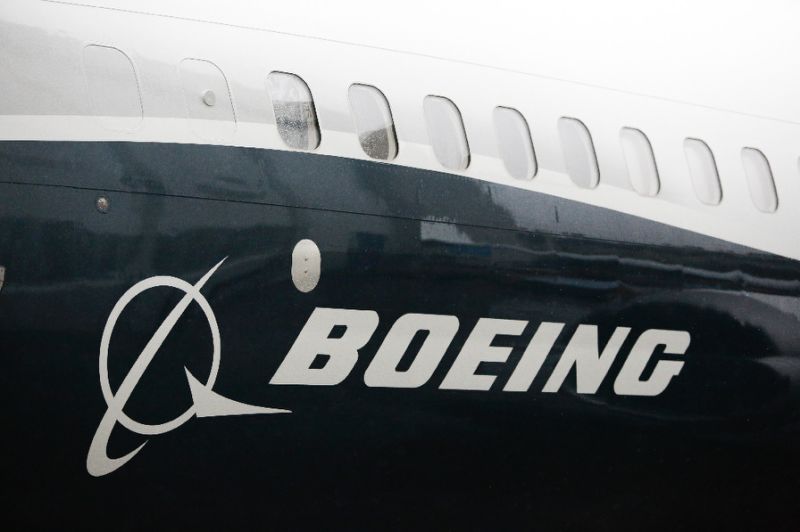Boeing Co is studying its options for further increases in production of its medium-haul 737 jet, Boeing Commercial Airplanes Chief Executive Kevin McAllister said today.
“This airplane is in demand, so we are always studying our options,” McAllister told reporters when asked at a 737 delivery ceremony whether Boeing was considering an increase in 737 output.
McAllister was speaking at a ceremony to mark the delivery of the 10,000th 737, the world’s most-sold commercial airplane.
Airbus’s rival A320neo has outsold the 737 MAX since the transatlantic rivals upgraded their best-selling planes with new engines in recent years.
Both companies use the popular models to fund other developments, and both have begun preparing suppliers and investors for possible increases in production beyond their 2019 targets of 57 jets a month for Boeing’s 737 and 60 for Airbus’s A320 family.
A Boeing executive said in February the U.S. planemaker was seeing upward pressure in production rates. Airbus said last month it was considering raising output to 70 a month.
McAllister said the supply chain would have to be able to accommodate further production increases “in its totality” before Boeing took a decision on whether to increase output.
He said Boeing was still pondering whether to launch a new 220-270-seat mid-market jet, but had not made any decision.
Watched by hundreds of employees at the Renton plant outside Seattle, Boeing handed its 10,000th 737 – an upgraded 737 MAX 8 model – to its largest customer, Southwest Airlines.
“My advice is hang around, we have got more coming,” McAllister told employees, noting demand for the jet which has flown 23 billion people since entering service in 1968.
Employee David Knowlen, 74, witnessed the first 737 roll out of a hangar once used to build B-17 bombers near downtown Seattle more than 50 years ago, when Boeing’s upcoming 747 and the supersonic Anglo-French Concorde were making headlines.
Since then, it is the small narrowbody jets like the 737 that have dominated aviation’s spectacular growth.
“The company was smaller then. Everyone’s view was that in 10 years everyone would be flying supersonic,” he told Reuters.






